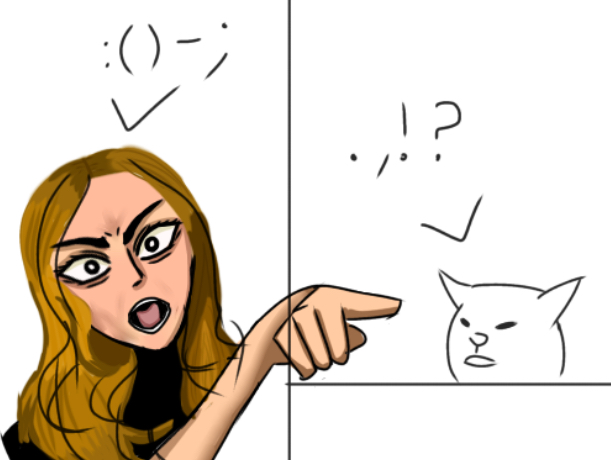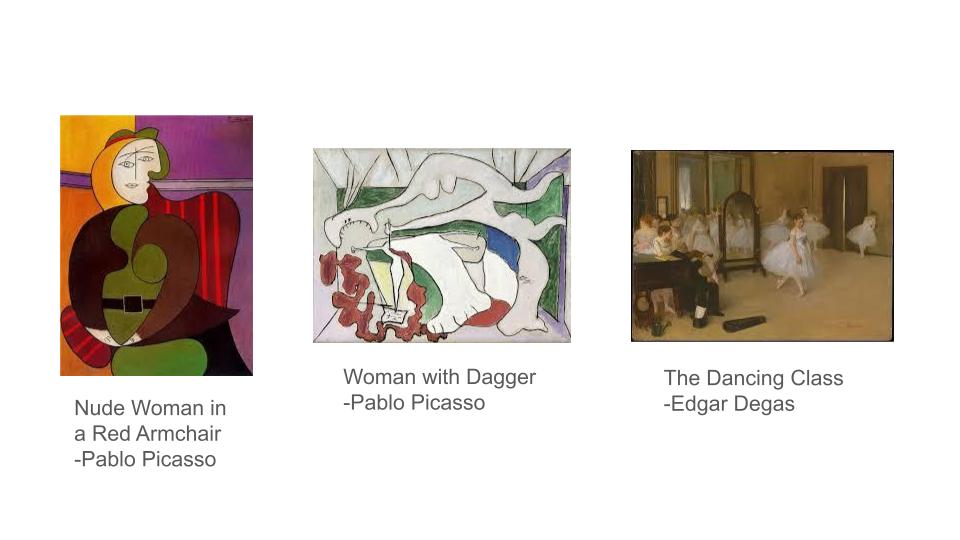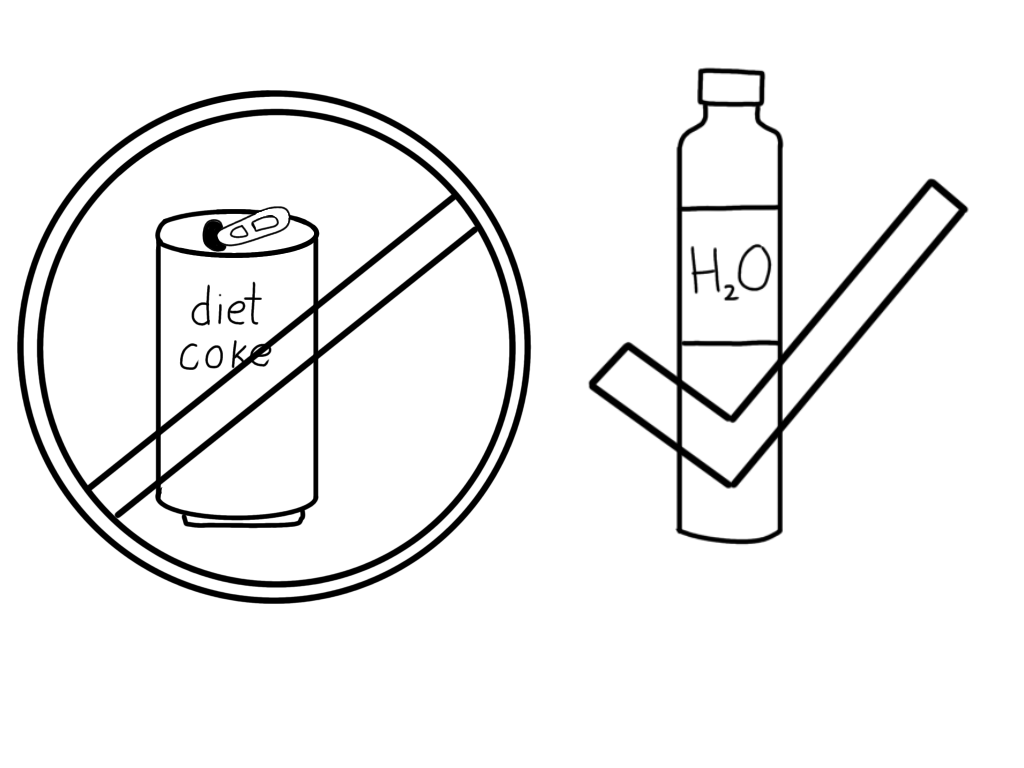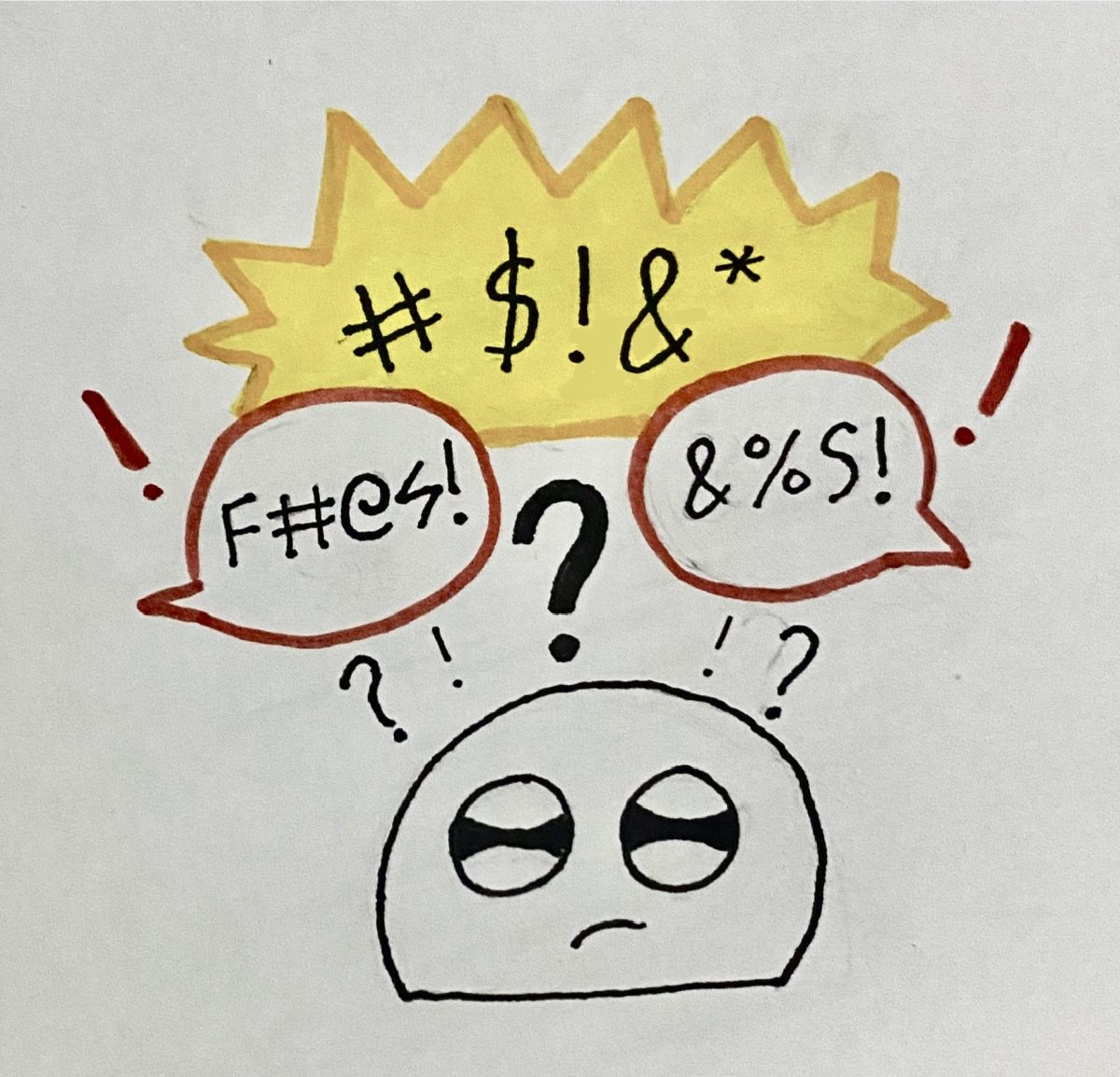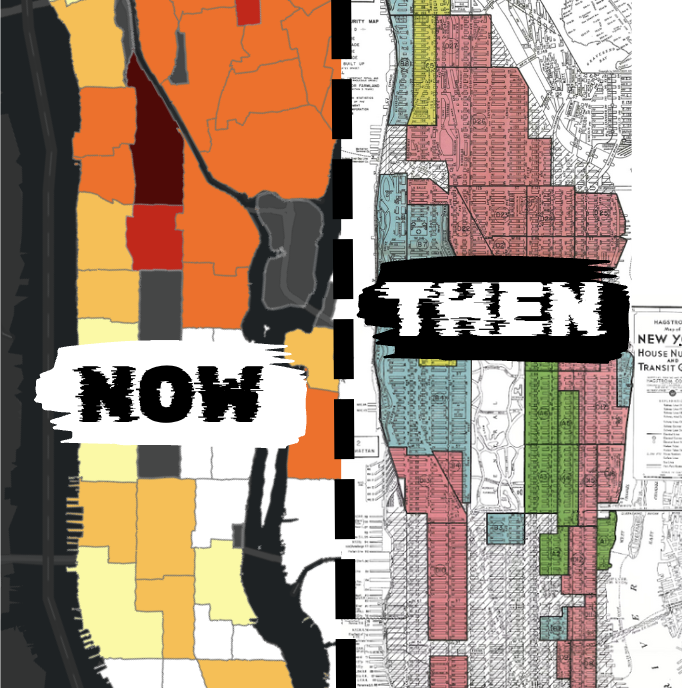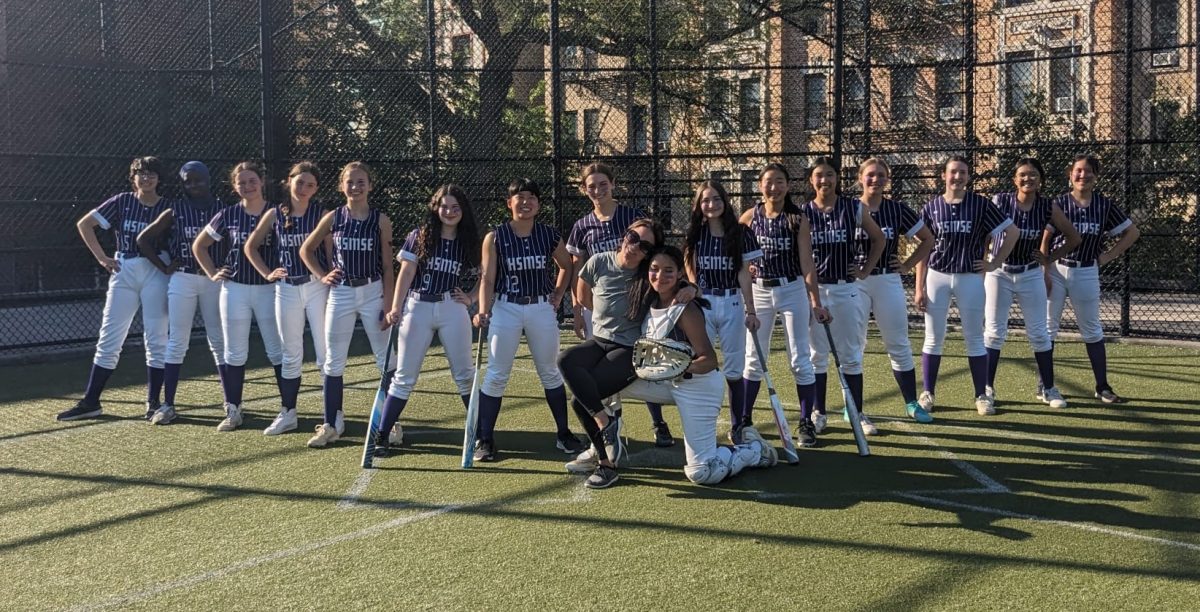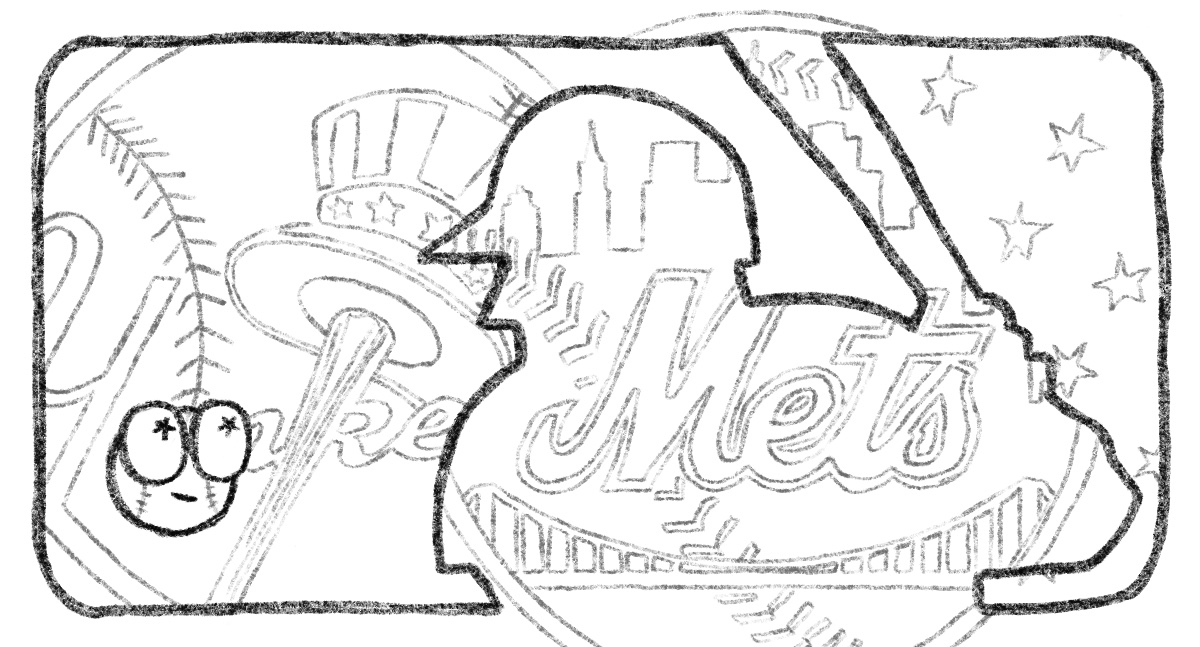Rich, earthy, and green—those are the words that I would use to describe matcha, whether it’s a boost of energy at 7:00 a.m. or something to sip on when I need caffeine to get me through my arduous homework assignments.
What started as a culturally significant drink with roots in China was then brought over to Japan by a Japanese Buddhist monk in the 12th century, where it quickly gained popularity as both a ceremonial and everyday drink. Now, this popular green beverage has flooded social media, with thousands of content creators hoping their next strawberry matcha or matcha blondie tutorial will make them an overnight sensation.
So, what has caused this massive increase in popularity on social media over the last few years? While this drink has been popular for many years in East Asian countries and will continue to remain a crucial part of their cultures, it has just now taken off as the “it girl” beverage in American media. Perhaps it is the versatility of matcha, which can be used in a plethora of drinks like matcha lattes, lemonades, and even smoothies, as well as sweet treats like matcha truffles and cheesecakes. Or maybe it’s the aesthetically pleasing appearance that can elevate any social media feed for the aspiring “influencer.” Between the hues of dark green, mixed with pink, brown, and gradients of every color in the rainbow, the richness of matcha can seep through pretty much any ingredient to make an eye-catching and delicious treat. Last but definitely not least, there’s the health benefits. When matcha was first used in China and Japan, it was appreciated for medicinal and ritualistic purposes, like making the most persistent headache leave or helping monks obtain the deepest state of zen and clear their minds for optimal performance. Today, it is widely advertised on many websites such as Healthline, Web MD, and even the National Library of Medicine, which all emphasize the many benefits of the antioxidant-packed drink. Through a powerful combination of caffeine and L-theanine, matcha can prevent cell damage in the body, lessen the risk of liver disease, and improve brain function. In more recent studies, it has been found that drinking matcha may help prevent cancer, though further research must be done to verify this claim. In a study done in 2020, researchers found that matcha can actually help individuals lose weight, as green tea extract has been proven to increase metabolism and burn fat simultaneously. I could keep going with the endless health benefits matcha has to offer, but I’d like to touch on some of the less desirable aspects of matcha, which include the steep price and the acquired taste some might say is reminiscent of grass.
Just like any other food or beverage, not everyone will like it, and that’s perfectly okay! However, I’ve found that a lot of people don’t want to give matcha a chance because of the alarming dark green color, or because they’ve had one poorly made matcha that ruined a potential future relationship with the drink. But I firmly believe that everyone should try something more than once before they decide they don’t like it, because who knows? You might end up loving it! Greer Silberbush (’26), a self-proclaimed coffee lover, shared her budding appreciation for matcha. When she first tried matcha, she remembers it being “almost tasteless and an odd shade of sage green, more milky than anything.” This initial bad experience led her to steer clear of matcha for a very long time, until she tried a banana bread matcha from Blank Street Coffee: “It was the perfect balance of not too sweet, but slightly sweet from the banana. The matcha flavor was so easily identifiable, with the rich, earthy tones cutting right through the sweeter taste of banana milk, making for a very balanced drink. I would definitely try matcha again.” Greer also added, “I think trying new foods or drinks is super important, because if I hadn’t tried matcha for a second time I might have been mystified by the exponential growth in popularity of this tea. Now, I’m sold.”
Unfortunately, buying matchas every morning can be costly. Stores that sell good matcha tend to overprice their drinks significantly, and most stores add a lot of sweeteners to supplement the taste of the matcha powder. Some people prefer the sweeter taste of store-bought matcha. Especially if you don’t LOVE the taste of the tea leaves, buying a matcha every once in a while to treat yourself can be a great way to enjoy matcha in a less intense capacity! However, for those who are looking to drink matcha more regularly in a financially attainable way, and want to enjoy the rich tones of the tea rather than the sweetness of the sugars stores add, try making matcha at home! Sooyoung Lee (’26), who has been an avid consumer of matcha for a very long time, has perfected her homemade matcha recipe and generously shared her thoughts on how to make the perfect matcha: “I prefer matcha that still tastes like matcha. I don’t like the overly sweet matchas that many stores sell, so when I make my matcha, I always add the slightest amount of sweetener (honey) because I think that it’s hard to taste the complex tones of a good matcha when there’s a lot of sugar masking it.”
Sooyoung’s recipe is as follows: Around 1.5 tablespoons of ceremonial grade matcha, sifted, with around 2 tablespoons of hot water poured over the powder. Add a dash of honey to sweeten everything the perfect amount, and mix it all up with a bamboo whisk! Then, you can use whatever milk you think tastes the best. I personally prefer oat milk because it’s sweeter, but Sooyoung prefers to use soy milk because she loves the creaminess of it with the richness of the matcha. Once stirred, the perfect homemade matcha is ready to be consumed!
Finding an affordable matcha powder to buy can be very hard, because good quality matcha is often pricier than other teas and some coffee beans. But ultimately, buying a good matcha powder from H Mart or any Japanese specialty grocery store will be much more affordable in the long run and much more matcha-y than buying one from your favorite cafe down the street. In my opinion, the price of a good matcha as a pick-me-up every once in a while is definitely worth it for a high quality, healthy, and delicious sweet treat!
While matcha seems to be filling our screens now, it’s important to remember that behind every trending item is a rich cultural history that deserves to be told and recognized. Some may see matcha as a fleeting trend, but I see it as a reminder of the rich culture of my ancestors and the importance of loving matcha, trend or not. I am so glad that matcha is getting the attention it deserves, and I am very inspired by the innovative recipes people are stirring up. So, next time you’re at a grocery store or cafe and don’t know what to get, consider trying the bright green magic of matcha!


















